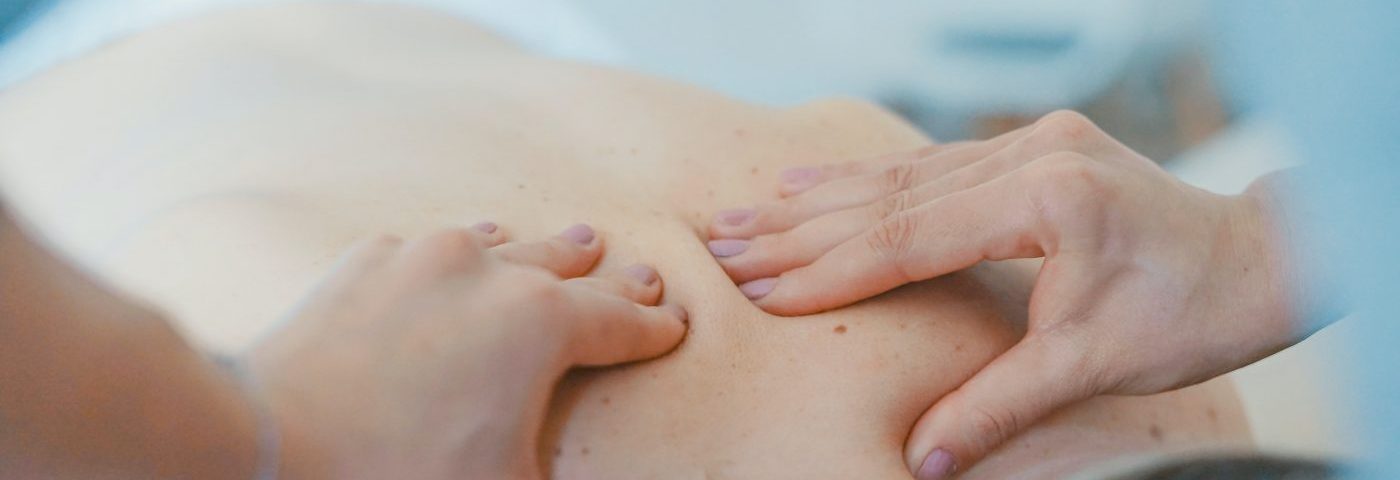A form of massage therapy that applies moderate pressure on the neck muscles, given in short twice-weekly sessions, significantly lowered perceptions of pain in women with fibromyalgia, results of a small clinical trial show.
A correlation was also found between pain and anger-hostility scores, as well as fatigue and sleep measures in these women, and the researchers suggested it might be a suitable treatment option.
The study, “Effects of Manual Therapy on Fatigue, Pain, and Psychological Aspects in Women with Fibromyalgia,” was published in the International Journal of Environmental Research and Public Health.
Fibromyalgia is characterized by chronic widespread pain, fatigue, sleep problems, and psychiatric disorders such as depression, affecting quality of life and overall well-being.
Approaches such as exercise, education, and physical therapy are known to be effective in easing disease symptoms. But whether manual therapy, a form of massage therapy that works on soft tissues and joints, also benefits in this population is unclear.
Manual therapy, using the hands to apply rhythmic pressure to specific regions, is known to help improve or maintain physical function and relieve pain in otherwise healthy people. Such problems as chronic back pain, migraines, anxiety, and depression also appear to ease with this approach.
“However, most of the literature reports the beneficial effects of manual therapy on healthy people and there are very few studies that report these effects in FM [fibromyalgia] patients,” a research team in Spain wrote.
They conducted a 16-week clinical trial (NCT04158388) involving 30 women with fibromyalgia, whose neck and upper back muscles were affected by the condition.
Participants, with an average age of 53, were randomly assigned to a manual therapy or placebo group. Manual therapy was given in two 15-minute sessions each week for one month. It consisted of using pressure massage on the dense connective tissue at the back of the neck, with patients lying on their stomach. Pressure aimed to be moderate to avoid pain but gradually increase; that is, starting with light pressure until the desired intensity was reached.
Placebo group patients were given sham ultrasound sessions in the same region for the same period of time.
All interventions were performed by the same physiotherapist. To determine the benefits of manual therapy, patients were assessed for measures of pain perception, fatigue, sleep quality, and mood before and after completing the sessions.
Six women withdrew over the study’s course for personal reasons, one in the manual therapy group and five in the placebo group.
An analysis of the remaining patients — 14 undergoing manual therapy and 10 given placebo — demonstrated that manual therapy using moderate pressure significantly reduced pain perception from baseline to post-treatment. No such benefit was seen with placebo.
However, manual therapy did not lessen other symptoms of fibromyalgia over follow-up.
Researchers then examined the relationship between the different aspects and symptoms of fibromyalgia, in order to deepen their understanding of disease mechanisms and suggest appropriate treatments, they said.
A statistical analysis showed that higher pain perception scores directly correlated with showing greater anger and hostility, as assessed with the profile of mood states (POMS-29) questionnaire, while greater fatigue was significantly associated with poorer sleep quality.
“This investigation suggests that manual therapy with digital moderate pressure for 15 min on the posterior cervical musculature decreases the perception of pain in women with FM,” the researchers wrote.
“In this sense, it seems that this technique could be considered as another alternative to pharmacological therapies for the treatment of FM,” they concluded.

